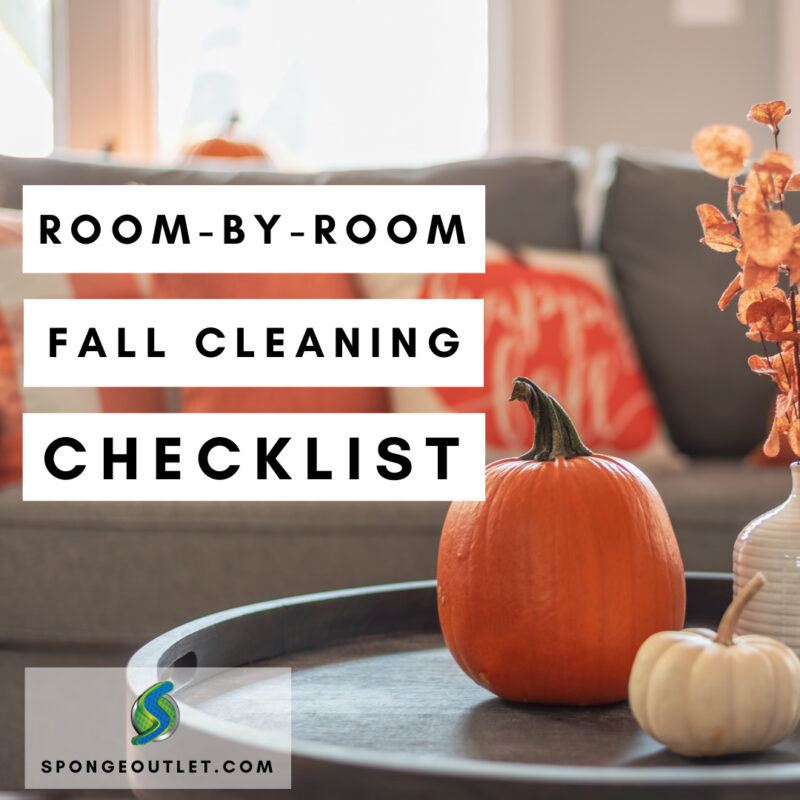
Get your home prepared for the upcoming holiday season and beyond with this helpful Fall Cleaning Checklist for inside and outside the house. This list may seem overwhelming, so complete similar tasks together, or go room-by-room.
For the sake of simplicity, this list will assume that daily cleaning tasks like mopping or vacuuming floors, wiping counters and washing dishes gets done daily, so those items will not be included. Instead, we are including items that are not cleaned so frequently and that you may be overlooking.
If you plan on hiring a professional to deep clean your home, or clean your carpets, make sure you schedule them as early as possible. Cleaners cannot always fit you into their schedule on a last minute basis and are very in-demand leading up to the holiday season.
Kitchen Fall Cleaning Checklist
- Clean the oven, then test it.
- Empty the pantry and dispose or donate any unwanted items. Clean the shelves with a Non-scratch scrub sponge like our non-scratch Monster Scrub Sponge or Non-Scratch Cleaning Pad.
- Clean or change-out any over the oven range hood filters. Greasy dirty filters cannot do their job properly and let cooking smells linger in the kitchen and home, so be sure to either clean them or change if your filter is disposable.
- Clean out the refrigerator and freezer disposing of any expired foods. Remove and wash shelving. If your kitchen sink is not large enough, fill a bathtub with warm water and add a few drops of dish soap. Use a non-scratch scrub sponge to clean all shelving. Dry with a microfiber cloth and return shelving and food to the fridge.
- Vacuum refrigerator’s condenser coils. Doing this will help allow your refrigerator to work efficiently and could extend the life of your appliance.
- Clean garbage cans using an outside hose and scrub sponge.
- Deep clean the dishwasher.
- Degrease and clean cabinet doors and backsplashes. Use a flexible microfiber dusting wand to dust the top of cabinets and walls.
- Use an eraser sponge to remove any dark scuff marks, dirt and grime from walls, doors or baseboards. Save your back and use our Eraser Sponge and Extension Handle Kit.
- Make sure you’re stocked up with extra cleaning supplies for cleaning up from any holiday gatherings and meals.
Continue reading Room-by-Room Fall Cleaning Checklist for Inside and Outside the House

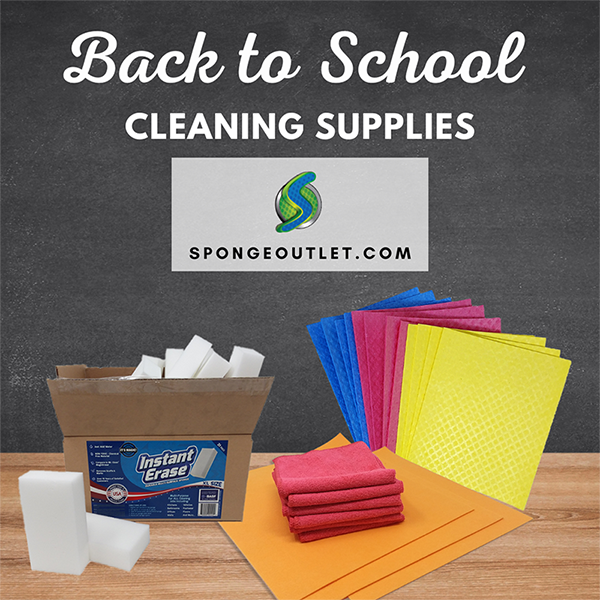
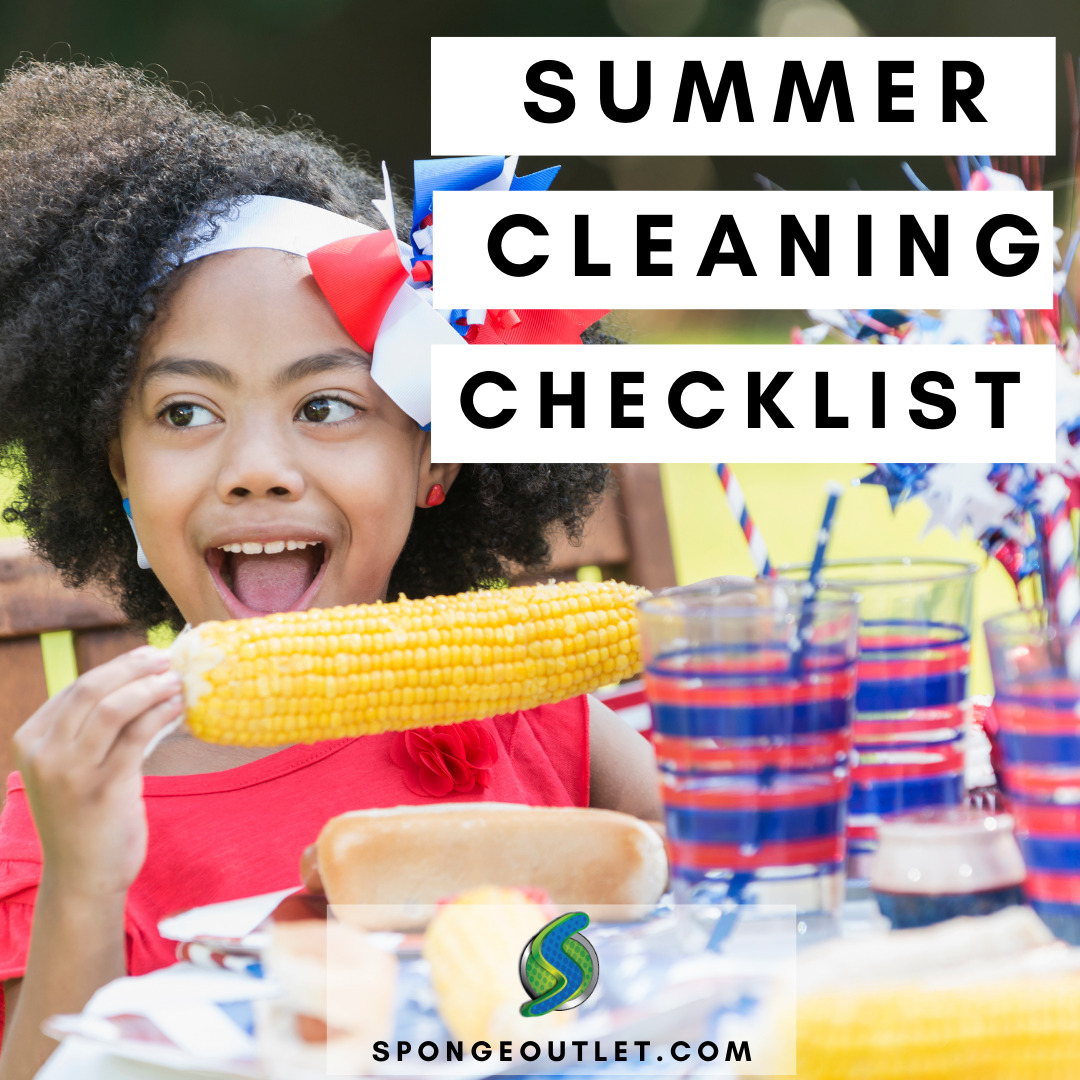
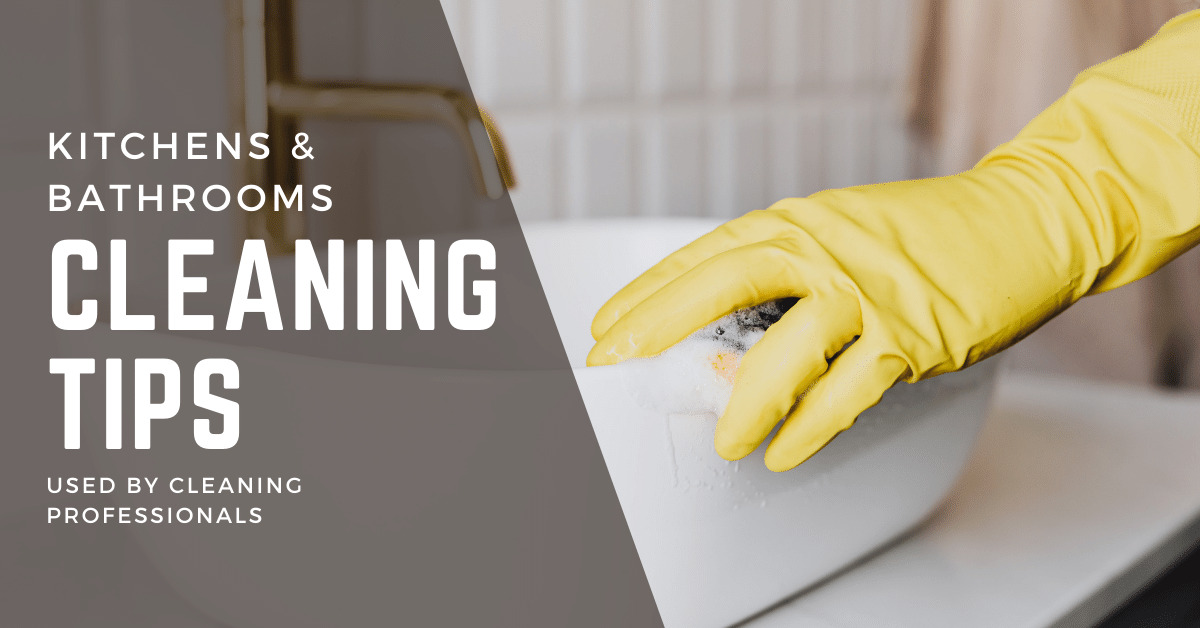
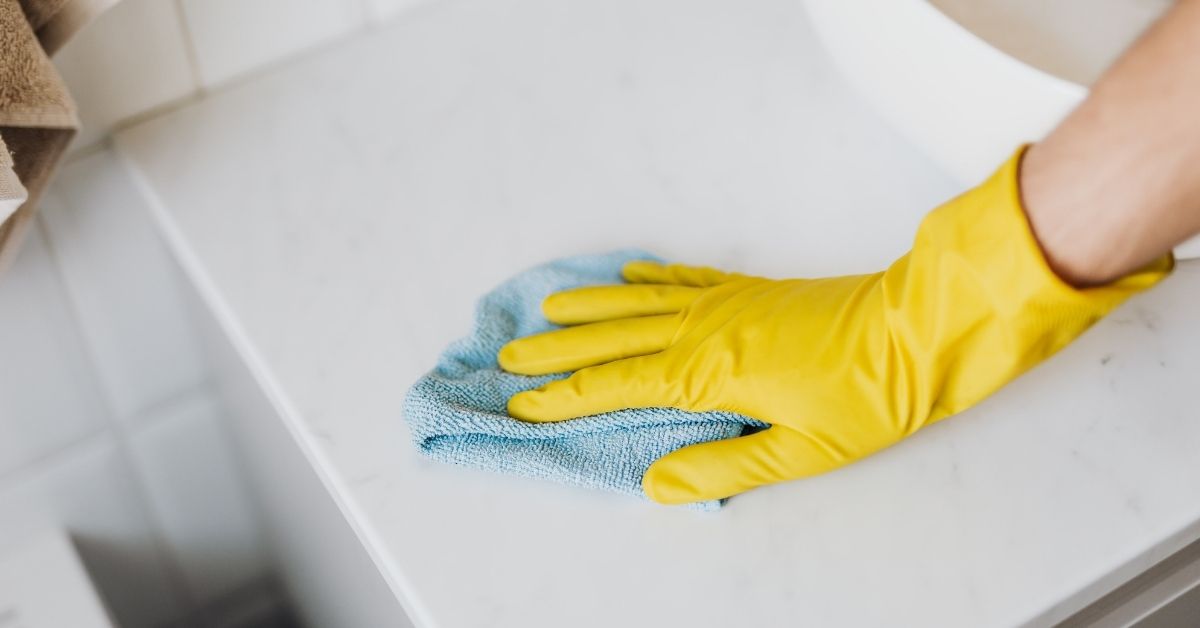
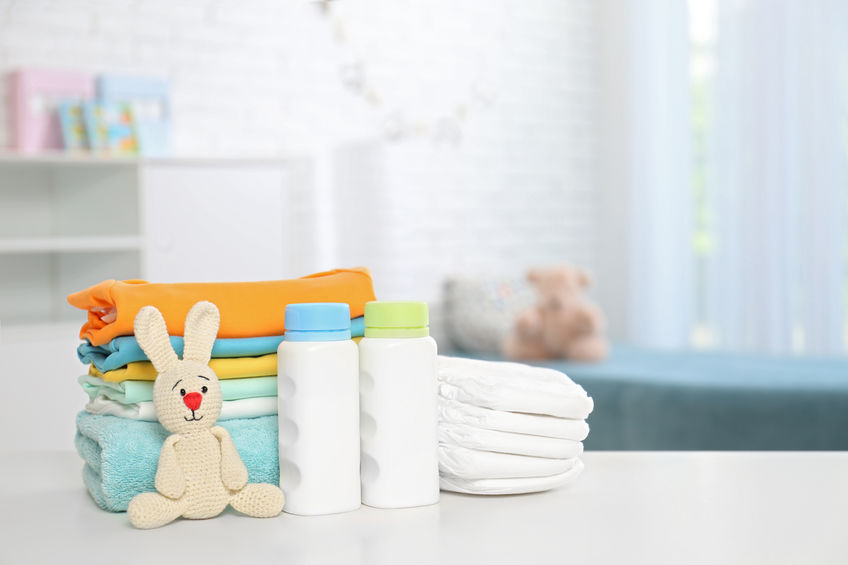
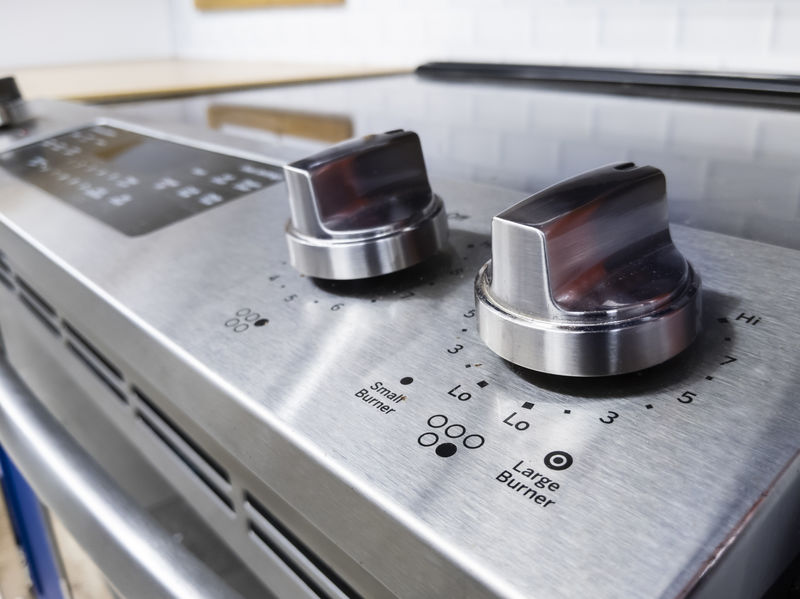
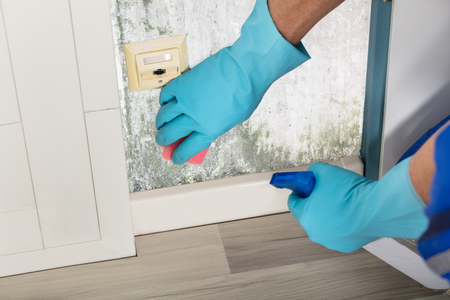
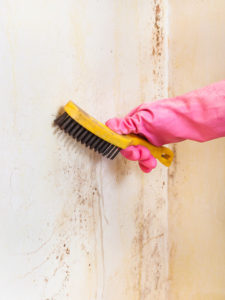 Step 2: Remove the mold
Step 2: Remove the mold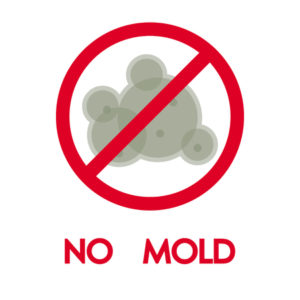
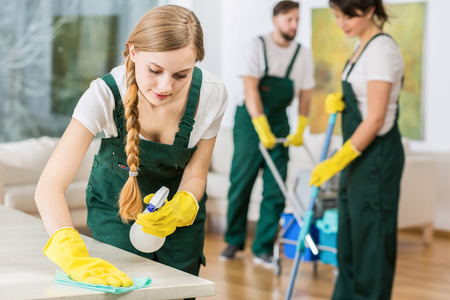
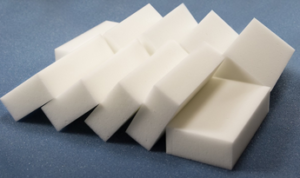
 Can I see references?
Can I see references?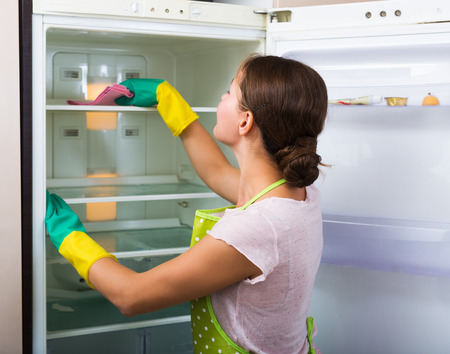
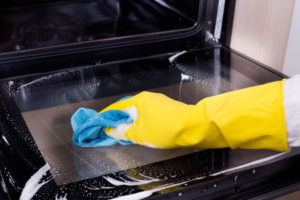
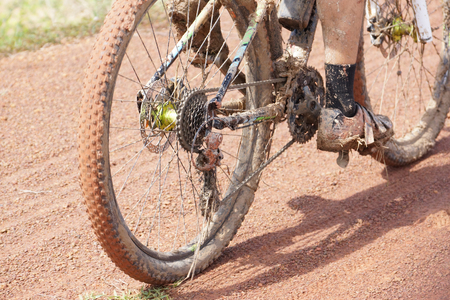
 Step Two: Clean Your Bike Chain
Step Two: Clean Your Bike Chain For more tips on cleaning items around your car, office and home,
For more tips on cleaning items around your car, office and home,